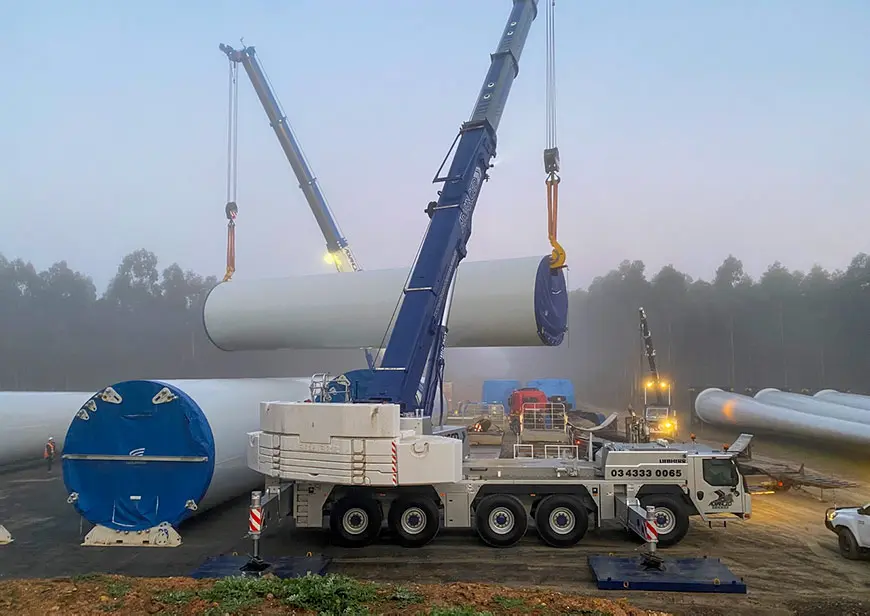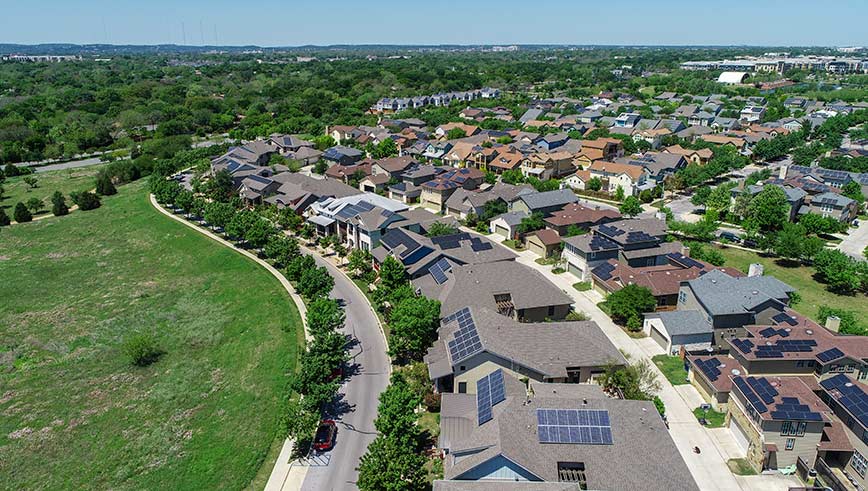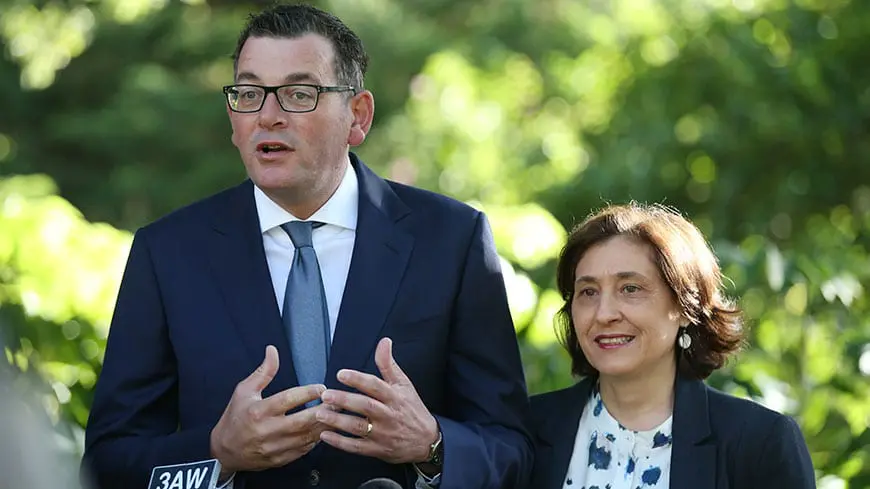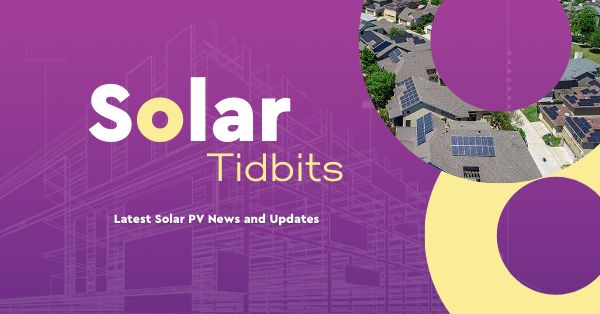In this week’s issue of Solar Tidbits: (1) Australia will need 20GW of renewable energy in four years to meet the 2030 target (2) Victoria joins the ranks of dynamic rooftop solar exports in order to prepare homes for electrification (3) Victoria gives SEC $1 billion to accelerate wind and solar projects.
Australia will need 20GW of renewable energy in four years to meet the 2030 target.

Photo Credit: Goldwind
Getting to 80% renewables by 2030 would require no acceleration from the current rate if you ignore that it takes two years to build a solar farm and three years to build a wind farm.
Assuming a three-year lag leaves four years to secure 20GW of wind and solar commitments and, say, six years to build the necessary transmission. That essentially doubles the historical rate.
Even so, rooftop solar is doing a lot of the heavy lifting. The fact that the job can be left to rooftop solar, where the consumers ultimately pay the majority of the cost, demonstrates how well the SRES policy has worked. Moving on to household batteries could work just as well, but that’s a diversion from the main point of this brief note.
More about this article: https://bit.ly/3owBdZW
Victoria joins the ranks of dynamic rooftop solar exports in order to prepare homes for electrification.

Photo Credit: Reneweconomy
Under new rules that go into effect in March of next year, Victoria will require all new inverters installed under the state’s solar and battery rebate schemes to be capable of remotely and dynamically adjusting their PV export limits.
Solar Victoria, which oversees the Labor Andrews government’s Solar Homes Program, published a notice to market this week outlining a slew of rule changes and recommendations for scheme participants to make solar homes “future-ready,” including a shift to all-electric appliances.
The five new mandatory requirements and seven recommendations for the fiscal year 2023-24 also aim to support the stability of the state’s electricity grid by ensuring systems installed under our rebate scheme are visible to market operators and biddable when necessary.
A significant change for the Victorian solar industry is that beginning in March of next year, PV inverters installed through Solar Homes must comply with IEEE 2030.5-2018 and Common Smart Inverter Profile (CSIP)-AUS. This change was announced around this time last year.
More about this article: https://bit.ly/3OOZ5Ct
Victoria gives SEC $1 billion to accelerate wind and solar projects.

Photo credit: Reneweconomy
Despite facing a $4 billion deficit, the Victoria state government is sticking to its guns on renewable funding, allocating $1.78 billion in the 2023-24 budget.
According to energy minister Lilly D’Ambrosio, the majority of the cash is set aside as an initial equity investment for the revived State Electricity Commission (SEC), which is designed to deliver 4.5 gigatonnes (GW) of power.
“We’re doing what matters for Victorians: bringing back the SEC to kickstart renewable energy investment, drive down power bills, tackle climate change and create thousands of jobs,” she said.
As part of its election promise to invest in re-establishing generation in the Latrobe Valley over a 10-year period, the government launched a market search for a flagship generation and/or storage project last month, with projects owned 51% by the Victorian taxpayer and 49% by an investment partner.
More about this article: https://bit.ly/3IPg3wM
Keep yourself in the loop! Get solar updates from us just when you need them. Follow us on our social media accounts and subscribe to our newsletter: https://linktr.ee/sunovagroup
See past solar tidbits here: https://bit.ly/SolarTidbits

